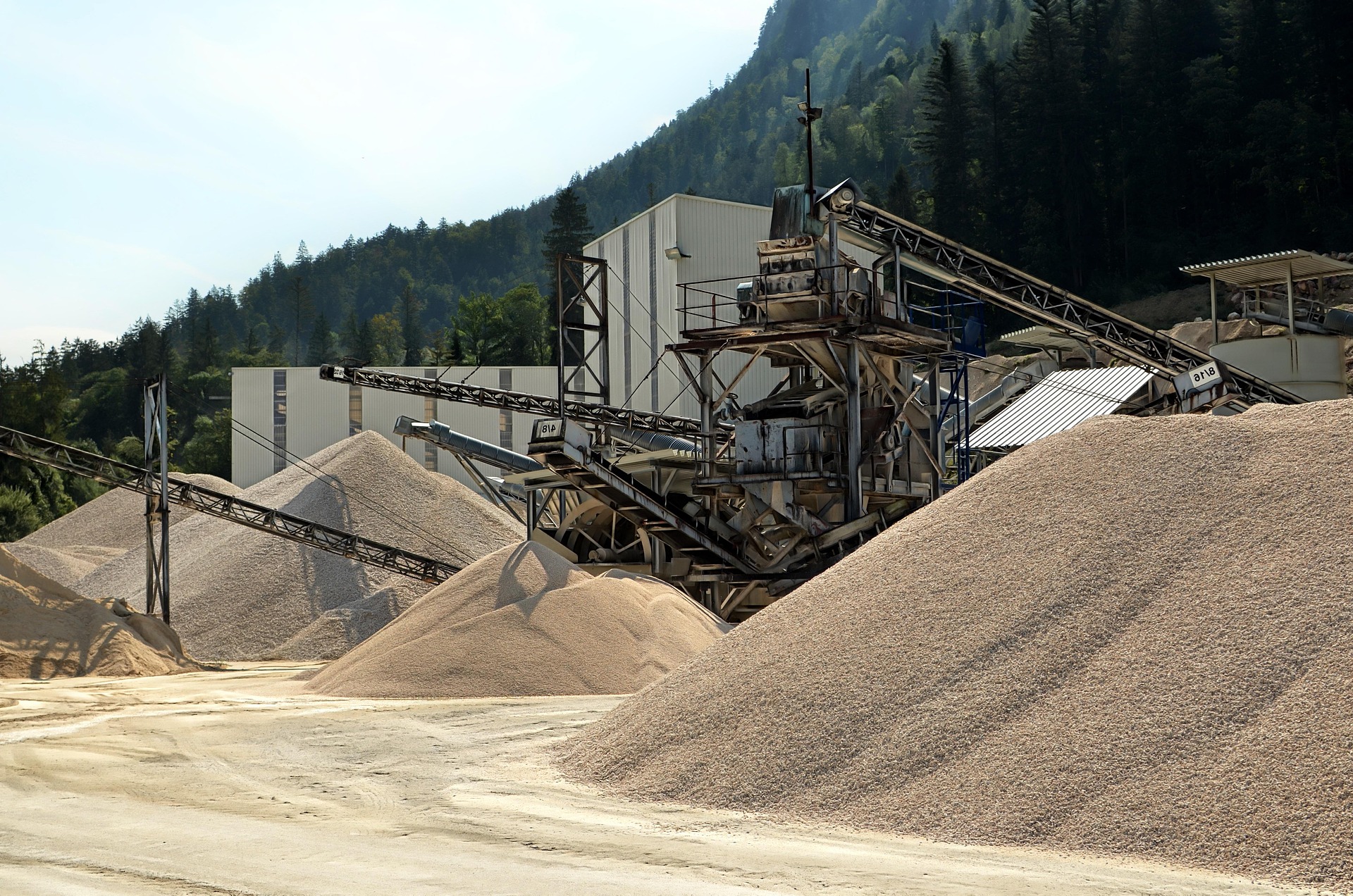Reliable Voice, Lower Cost: The Right Communications for Medium & Small Mines
Business Critical
Small and medium mines are the backbone of many mining regions. They usually cover a compact footprint, run with lean teams, and focus on practical, day-to-day production. When budgets are tight and staff wear many hats, communications must be simple, reliable, and low-cost. A voice-first system gives exactly that: clear push-to-talk, dependable checks, fast emergency calls, and easy fleet coordination—without the complexity or expense of a full broadband rollout.
Characteristics and daily life at small & medium mines
Small and medium mines usually have:
· A limited geographic area or a few close work zones.
· Dozens to a few hundred employees, often working multiple shifts.
· Mixed tasks: extraction, processing, maintenance, and local transport.
· Fewer in-house IT staff and limited engineering resources.
· Tight CapEx and OpEx constraints.
Daily operations are practical and hands-on. Crews need fast voice contact for job changes, shift handovers, equipment calls, and safety check-ins. Complex IT projects or long network deployments are rarely an option.
A simple, voice-first communication system matches the pace and budget of these sites while boosting everyday efficiency.

Why small & medium mines need reliable communication
Reliable comms reduce risk and save time. Key reasons are:
· Safety: Instant voice links let supervisors check on lone workers and call for help quickly.
· Coordination: Dispatch and crew leaders can reroute teams, move supplies, and manage small convoys without delay.
· Productivity: Quick voice updates cut unnecessary travel and keep crews focused on value tasks.
· Simplicity: With few technical staff, systems must be easy to run and fix.
Operators often report that most lost time comes from slow or missed messages. Reliable radios turn minutes of confusion into a single quick call.
Why voice is the preferred choice for these mines
Voice is simple, robust, and cost-effective:
· Low bandwidth, high value. Voice needs far less network capacity than video or heavy data.
· Fast to deploy. Radios and repeaters can be set up in days, not months.
· Power-friendly and rugged. Handsets are battery-driven and built for dust, shock, and heat.
· Easy to use. Push-to-talk works for any worker—no apps, no logins.
· Proven in emergencies. Voice and direct mode calls work even when other systems fail.
For many small and medium mines, voice covers the real needs: safety checks, group calls, fleet orders, and emergency alerts. That is why voice-led systems remain the practical choice.
Hytera's voice-led solution for medium & small mines
For cost-sensitive sites, Hytera recommends a voice-first trunking approach using IP Multi-Site Connect for smaller areas or XPT Trunking for medium-sized sites, paired with rugged radios from the HP5 and BP5 series.
Why these systems work well
· IP Multi-Site Connect links multiple DMR Tier-II conventional repeater sites over a standard IP network to provide wide-area coverage for organizations with dispersed facilities. It is a cost-effective way to expand reach without adding new radio equipment, requiring only a license upgrade on existing Hytera repeaters to enable connectivity over networks such as the internet, LANs, or VPNs.
46· XPT Trunking is a scalable, cost-effective digital radio solution that simulates a full trunked system without a central controller. It boosts capacity by dynamically allocating repeaters to users and is ideal for organizations that need more capacity than a conventional system but do not require the complexity or cost of a full DMR Tier-III deployment.
45· HP5 Professional DMR Portable Radios (models include HP56X and HP50X) are next-generation handhelds that deliver reliable voice communications. A universal Type-C port makes programming, upgrading, and charging easier. These models are durable—designed to resist dust, heat, shock, and water—and are IP67 and MIL-STD-810H certified.
· BP5 Business DMR Mobile Radios (models include BP51X and BP56X) are light and compact with a powerful 3 W loudspeaker. They support both digital and analog modes, making them compatible with existing systems. High-capacity batteries and Type-C USB charging keep users operational for longer.
What the solution delivers
· Full voice coverage across the site, including handover for moving vehicles.
· Group calls & dispatch for team coordination and convoy control.
· Emergency priority so urgent calls break through traffic.
· GPS tracking for trucks and key staff (where required).
· Low CapEx & OpEx: the systems reuse simple IP links and need minimal maintenance.
· Fast deployment: radios and repeaters can be installed and tested in days.
Closing Thoughts
Small and medium mines need communication that is simple, reliable, and affordable. A voice-led approach—based on IP Multi-Site Connect or XPT Trunking and powered by HP5/BP5 radios—delivers practical safety and productivity gains without heavy infrastructure. It protects budgets, reduces downtime, and gives site teams the clear, instant comms they need to get work done and stay safe.






